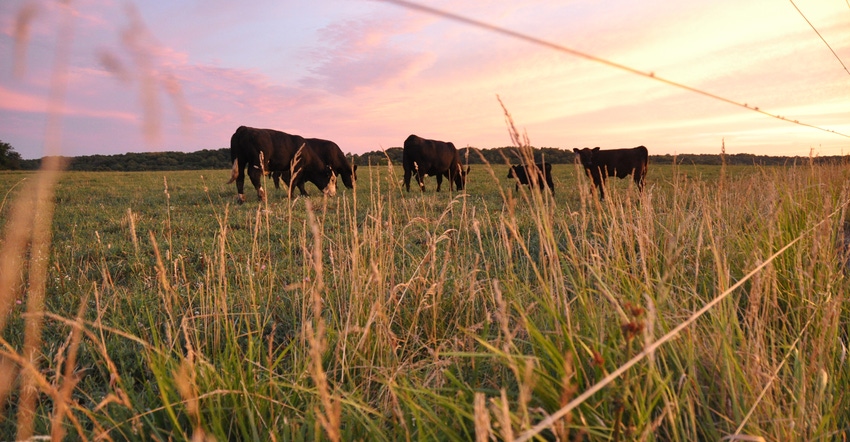Farmers have limited options for disposing of mortalities if rendering services aren’t available. An expert offers advice for burying or composting.

When rendering services are not an option for bovine mortalities, Nesli Akdeniz, who specializes in livestock mortality and waste utilization at the University of Illinois, says farmers can turn to composting, burying or incinerating the deceased animal.
“If animals die due to natural reasons, farmers can bury them,” she says. But if you suspect a neurological disorder like BSE? Call your veterinarian.
Akdeniz says animals should be buried according to the Dead Animal Disposal Act. The requirements include:
1. Avoid areas where runoff may contaminate water supplies or areas. The deceased animal should be buried 200 feet away from streams, private wells or any other potable water supply source, and 400 feet away from community wells.
2. Bury dead animals more than 200 feet away from residences.
3. Bury no more than 1 pound of dead animal per square foot of surface area on an annual basis.
4. Use adequate burial depth; keep 6 inches of compacted soil over the highest part of the carcass, and minimize potential soil erosion issues.
5. Do not use lime or any chemical that prevents decomposition.
6. Choose a burial site that will not be disturbed by animals or machinery.
If composting is right for your operation, here’s a rundown of the key requirements:
1. Build the composter away from sensitive areas, including bodies of water, flood plains, wells and homes.
2. Build and manage compost piles to avoid runoff into groundwater or surface water, including a roof to protect the area from rain and a solid base to prevent rain or water from entering and/or leaching.
3. Use plenty of carbon around and over the mortality to reduce odors.
4. Protect the composting area from scavengers and pests.
5. Make sure finished compost material is dry and odor-free before applying it to land.
6. All new composting sites must be at least a quarter mile from the nearest populated area.
For more information on composting, Akdeniz says the University of Illinois Extension offers animal mortality composting workshops throughout the year. Find updates at twitter.com/uilfmm or facebook.com/uilfmm.
Burning, the third disposal option, requires an EPA-approved incinerator. Akdeniz says open burning is not allowed.
No matter which disposal method you choose, dead animals must be properly disposed of within 24 hours. The Dead Animal Disposal Act is regulated by the Illinois Department of Agriculture.
About the Author(s)
You May Also Like



